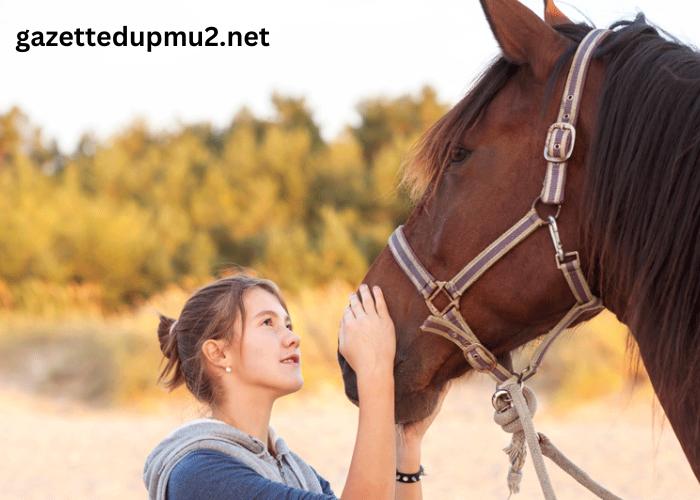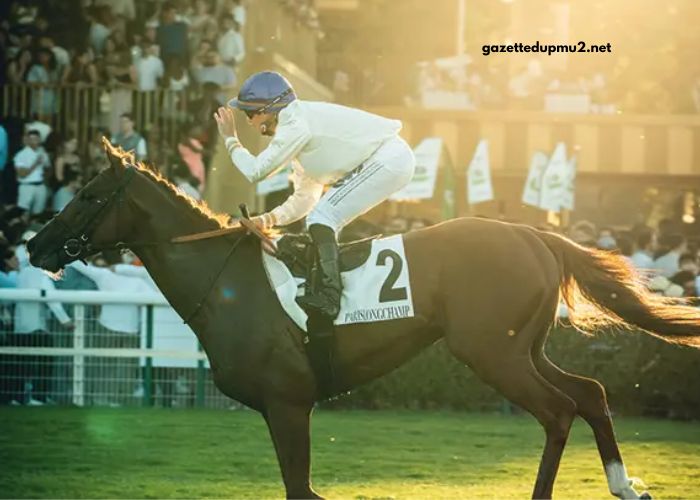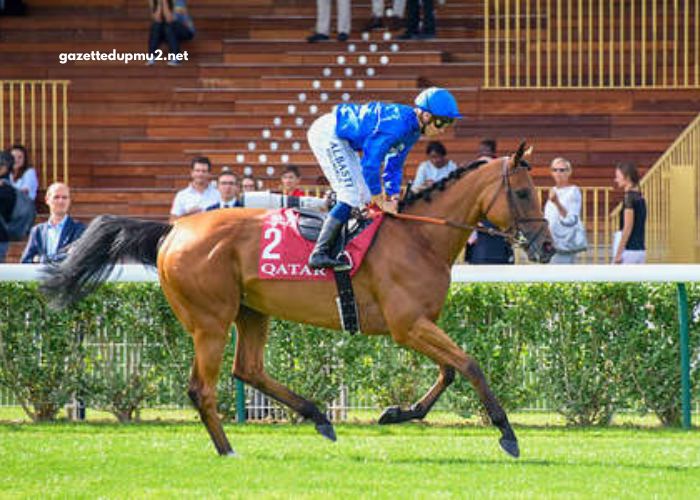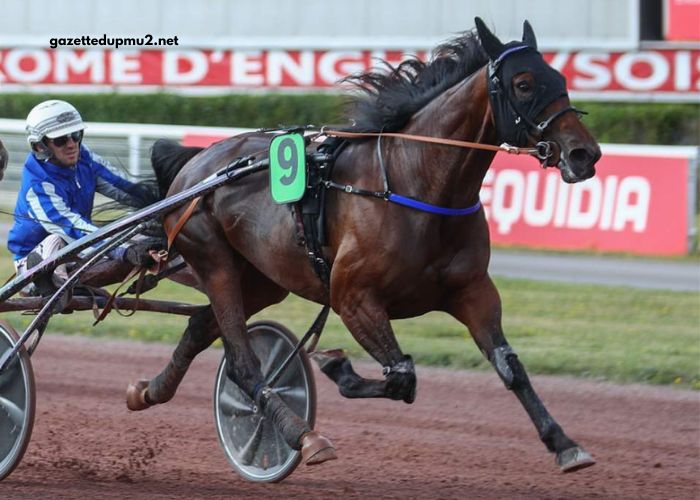In the world of equine care and training, the term “horse whisperer” evokes a sense of mystique and skill that goes beyond traditional methods. Horse whisperers are renowned for their ability to communicate with horses in a way that seems almost intuitive, building trust and understanding without the need for force or coercion. This article delves into the art of horse whispering, exploring the techniques, philosophies, and impact of this unique approach to human-equine relationships. Discover a wide range of courses at CasaCourses. From cooking to coding, find the perfect class to enhance your skills and knowledge.
The Philosophy of Horse Whispering
At its core, horse whispering is based on the idea that effective communication with horses requires empathy, patience, and a deep understanding of their behavior. Unlike traditional training methods that may rely on commands and control, horse whispering emphasizes harmony and respect between human and horse.
The philosophy behind horse whispering is rooted in the belief that horses are highly sensitive and perceptive animals. They communicate primarily through body language, and understanding these subtle signals is key to building a meaningful connection. By recognizing and responding to a horse’s non-verbal cues, a horse whisperer can foster a trusting relationship that encourages cooperation and learning.
Key Techniques of Horse Whispering
1. Observation and Interpretation
A horse whisperer begins by keenly observing the horse’s body language, including ear movements, tail swishes, and overall posture. These cues can reveal a lot about the horse’s emotional state and intentions. For instance, a horse that flattens its ears might be feeling threatened, while one that approaches with its head lowered could be displaying a sign of curiosity or submission.
2. Non-Verbal Communication
Effective horse whispering involves using body language and energy to communicate with the horse. This might include mimicking the horse’s movements, maintaining a calm and relaxed demeanor, and using gentle gestures to guide the horse’s actions. The goal is to create a dialogue where both horse and human can understand and respond to each other.
3. Positive Reinforcement
Horse whisperers often use positive reinforcement to encourage desired behaviors. This approach involves rewarding the horse with treats, praise, or affection when it responds correctly to a cue or command. Positive reinforcement helps build a horse’s confidence and strengthens the bond between horse and handler.
4. Desensitization and Training
Desensitization is a technique used to help horses become accustomed to new experiences or stimuli. By gradually introducing the horse to potentially frightening or unfamiliar situations in a controlled manner, a whisperer can help the horse develop a sense of security and reduce anxiety. This process often involves breaking down tasks into smaller steps and rewarding the horse for each successful step.
5. Creating a Safe Environment
A critical aspect of horse whispering is ensuring that the environment is safe and conducive to learning. This includes providing a calm and consistent atmosphere, avoiding sudden movements or loud noises, and ensuring that the horse has access to basic needs such as food, water, and shelter.
Notable Horse Whisperers
1. Monty Roberts
Often referred to as the “Original Horse Whisperer,” Monty Roberts is renowned for his “Join-Up” method, which emphasizes establishing a partnership with the horse through non-verbal communication and mutual respect. Roberts has authored several books and trained countless individuals in his techniques, which have influenced modern equine training practices.
2. Pat Parelli
Pat Parelli is another prominent figure in the world of horse whispering. His Parelli Natural Horsemanship program focuses on understanding horse psychology and developing communication skills that foster trust and cooperation. Parelli’s methods have gained widespread popularity and have been instrumental in promoting natural, respectful training techniques.
3. Buck Brannaman
Buck Brannaman, featured in the documentary Buck, is known for his gentle approach to training and his emphasis on the horse-human relationship. Brannaman’s techniques are rooted in understanding and empathy, helping both novice and experienced riders develop a deeper connection with their horses.
The Impact of Horse Whispering
Horse whispering has had a profound impact on the way people interact with horses. By emphasizing empathy and communication, this approach has led to more humane and effective training methods. It has also contributed to a greater appreciation of the emotional and psychological needs of horses, promoting their overall well-being.
In addition, horse whispering has inspired many horse owners and trainers to adopt more compassionate practices, moving away from methods that rely on dominance or punishment. This shift has led to healthier, happier horses and more fulfilling relationships between horses and their human partners.
Conclusion
Horse whispering represents a beautiful blend of art and science, offering a window into the deep connection that can exist between humans and horses. Through observation, non-verbal communication, and positive reinforcement, horse whisperers have transformed the way we approach equine training and care. By fostering understanding and respect, they remind us of the profound bond we share with these magnificent creatures and the importance of nurturing that relationship with compassion and skill.





